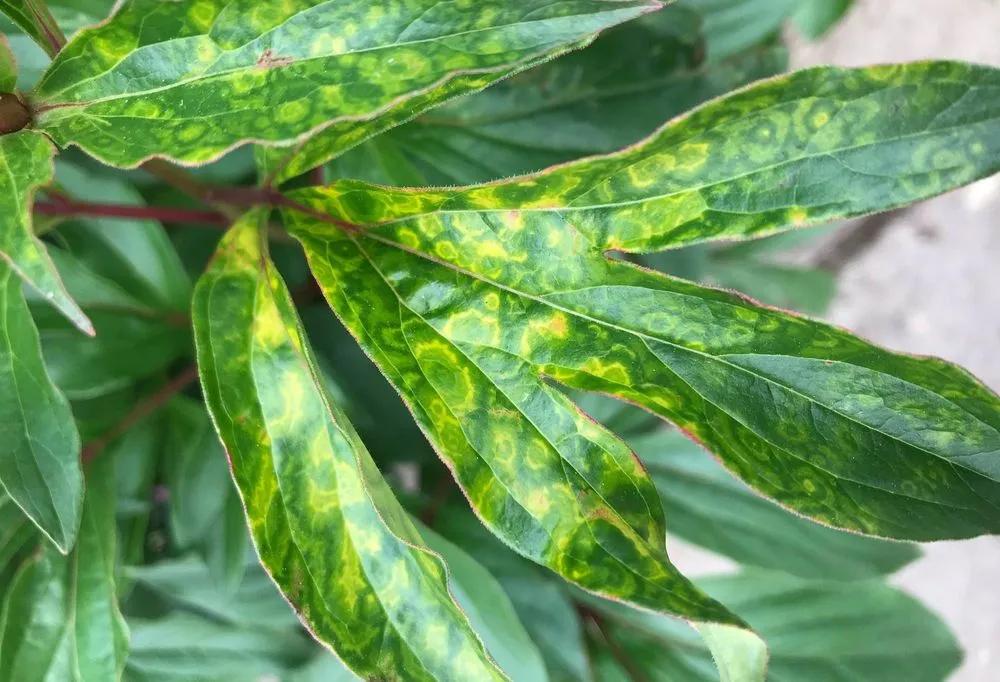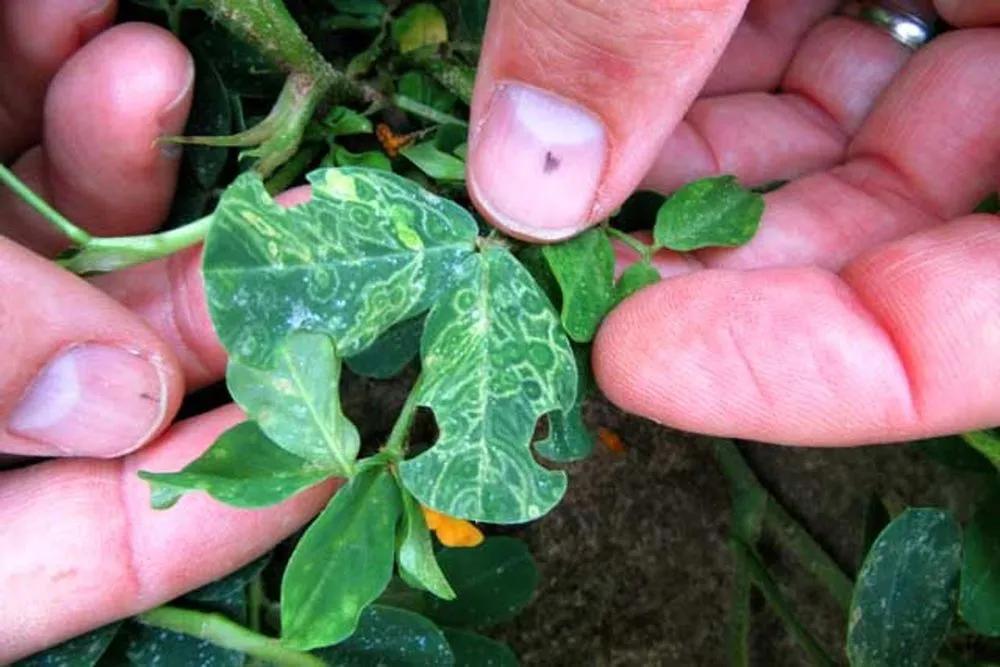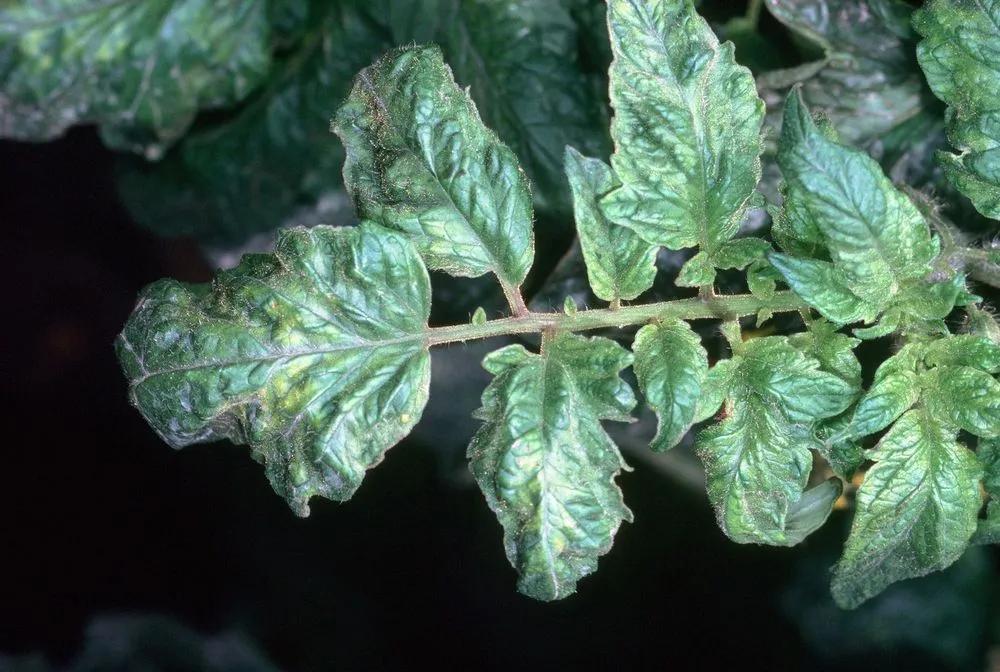Viruses are small pathogenic particles that infect living organisms, thus causing viral diseases. They disrupt normal cell processes by infiltrating intracellularly and forcing the host’s cells to create more viruses through replication, which means they require a host to survive and multiply. To infiltrate cells, they use wounds in plant tissue as initial entrance, and these can be natural but also inflicted by handling the plant roughly in agricultural practices, other pathogen-cause damage, or feeding damage by insects. Thus, other organisms might also carry the virus and infect the plants upon interaction. Insects are one of the most important and meaningful transmitters of viruses, especially those with sucking mouthparts. Propagation, especially by cuttings, is also a common gateway for viral diseases. Some well-known viruses are TMV, PVY in potatoes, and CMV in cucumbers. It is important to note that some plants might be infected but show no signs, which is known as a latent infection.
Viral Diseases in Plants



Signs of damage
The symptoms will vary according to the virus and host:
- Mosaic patterns. Abnormal patterns resembling mosaics in dark and light green will appear on leaves.
- Ring patterns.
- Bumpy leaves.
- Necrosis of some spots.
- Growth distortion. Plants’ growth will be stunted and irregular.
- Flower distortion. Flowers will present both colors and shape out of the ordinary.
How to prevent
Good propagation techniques, clean equipment, and sanitized tools, as well as regularly washing hands, are among the first practices that should be employed to prevent viruses and other pathogens.
When there is a new addition to your garden or collection, isolate the new specimen before introducing it to the rest. Also, in agricultural settings, practice crop rotation, especially with plants with different virus susceptibility.
Heat therapy can also be employed. It keeps a plant in temperatures around 100 ºF (38 ºC) for about a month since viruses tend to get inactive with heat. Remember that this will depend on your plants’ ability to sustain high temperatures.
Keep weeds under control and always discard infected plants and other damaged material.
Heal
Unfortunately, once a plant is infected, it’s almost irreversible to free it from the virus, as there are no chemical products to control or eradicate these pathogens.
Go Premium to continue reading
Also you’ll get unlimited access to disease identification and all the other beneficial features
More problems
